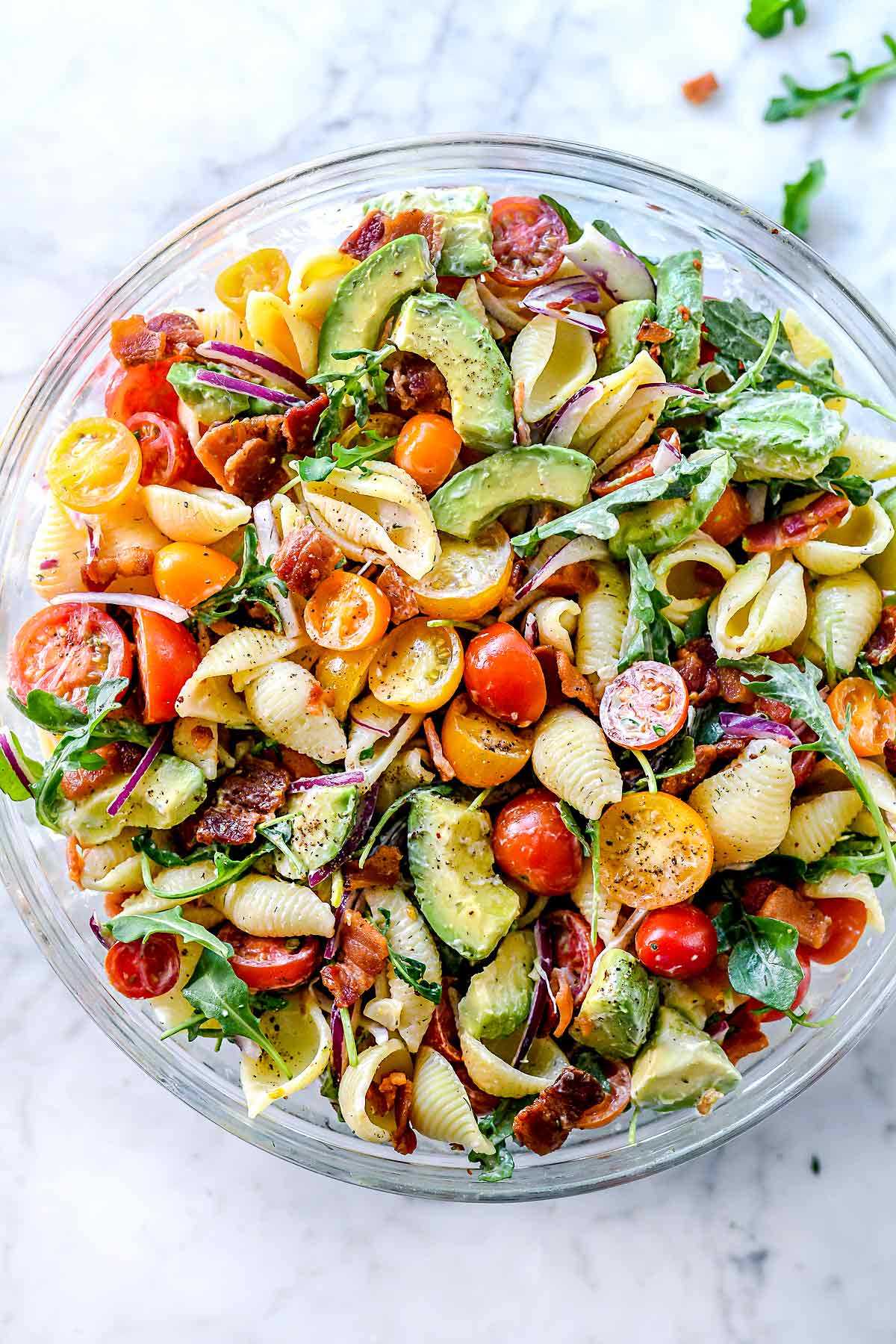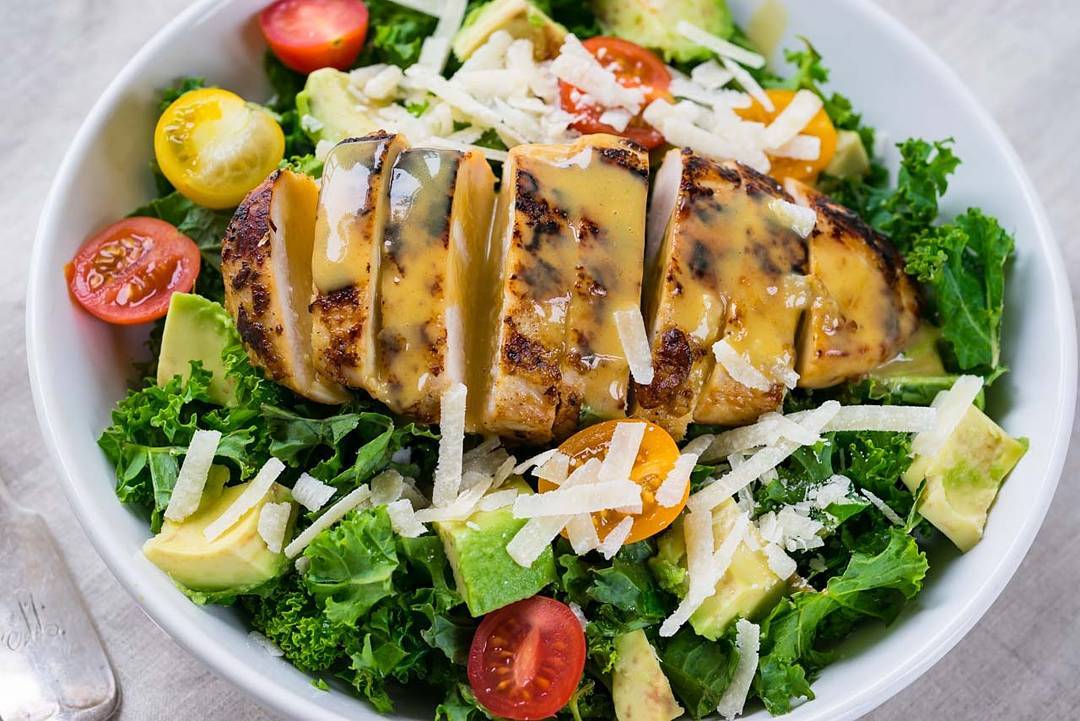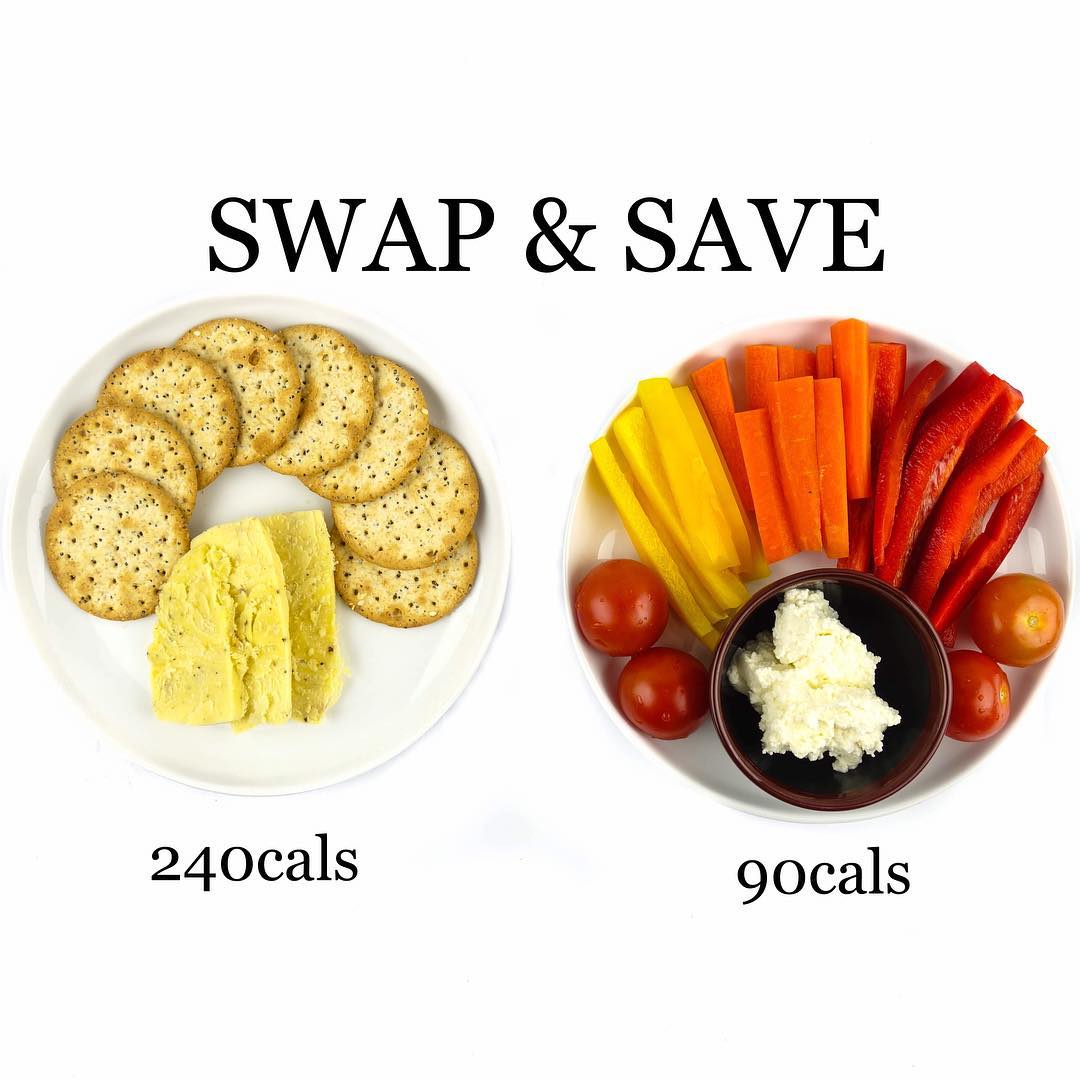Discover the Nutritional Benefits of Falafel: Are Falafel Balls Healthy to Eat?


How healthy is Falafel?
⠀⠀⠀⠀⠀⠀⠀⠀⠀
✔️Falafel is made mostly of low GI, high fibre chick peas. Many labels don’t disclose fibre content which I find strange!
⠀⠀⠀⠀⠀⠀⠀⠀⠀
✔️It is a good source of Protein in vegetarian or vegan diets
⠀⠀⠀⠀⠀⠀⠀⠀⠀
✖️Unfortunately Salt is often high. Check the per 100g column to pick one as low in salt/sodium as possible
⠀⠀⠀⠀⠀⠀⠀⠀⠀
✖️Some brands of Falafel are more energy dense because of the vegetable oil used in cooking (store bought are often deep fried). Comparing the calories per 100g will help you choose one. These were about 140cals/100g but some other brands were up to 335cals/100g which can be significant if you’re trying to lose weight
⠀⠀⠀⠀⠀⠀⠀⠀⠀
✔️Bulk up with plenty of fibrous salads or veggies to help keep you full ??
Title: Understanding Calories in Ingredients for Healthy Cooking
When it comes to cooking healthy meals, understanding the calorie content of the ingredients you use is essential. By knowing the calorie count of different foods, you can make informed decisions about portion sizes and create well-balanced meals that support your health and weight goals.
Heading 1: What are Calories?
Calories are units of energy that our bodies use to function. When we consume food, our bodies convert the calories in that food into energy to fuel our daily activities. It’s important to consume the right amount of calories to maintain a healthy weight and support overall well-being.
Heading 2: Common High-Calorie Ingredients
Some ingredients are higher in calories than others and should be used in moderation. For example, oils like olive oil and butter are high in calories, with one tablespoon of olive oil containing around 119 calories and one tablespoon of butter containing around 102 calories.
Heading 3: Low-Calorie Ingredients to Include
On the other hand, there are plenty of low-calorie ingredients that you can incorporate into your meals to help keep calorie counts in check. Vegetables like spinach, broccoli, and bell peppers are low in calories but high in nutrients. For example, one cup of spinach contains just 7 calories, one cup of broccoli contains 55 calories, and one cup of bell peppers contains 46 calories.
Heading 4: Balancing Calories in Your Meals
To create well-balanced meals, it’s important to combine ingredients with varying calorie counts. For example, you can pair a lean protein like chicken breast, which contains around 165 calories per 3-ounce serving, with a side of mixed greens, which have minimal calories, to create a satisfying and nutritious meal.
In conclusion, being mindful of the calorie content of the ingredients you use in your cooking is key to creating healthy and balanced meals. By incorporating a mix of high and low-calorie ingredients, you can enjoy delicious dishes that support your health and wellness goals. So next time you’re in the kitchen, keep those calorie counts in mind for a tasty and nutritious meal!
Source







